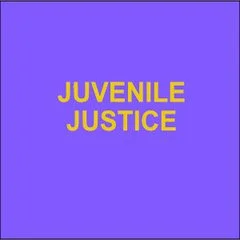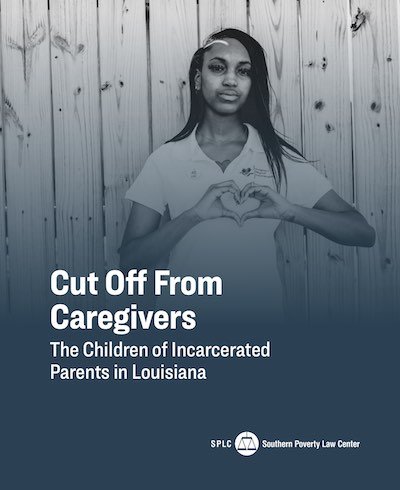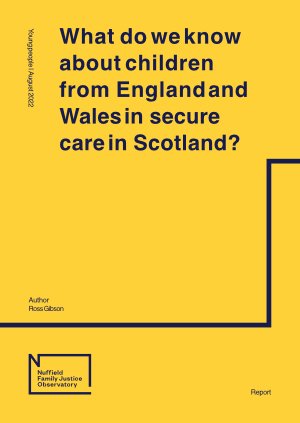By Marian Gewirtz and Bosco Villavicencio, Jr
This report describes the processing of 16- and 17-year-old arrestees during the third year of New York State’s Raise the Age (RTA) Law. The law, which went into effect for 16-year-olds on October 1, 2018, and for 17-year-olds on October 1, 2019, raised the age of criminal responsibility in the State and changed how these Adolescent Offenders (AOs) are processed. Arrests from October 2020 through September 2021 are compared with arrests from October 2019 through September 2020 (year 2), October 2018 through September 2019 (year 1, the first year of the implementation of RTA for 16-year-olds and the year prior to implementation for 17-year-olds. Data is also presented for October 2017 through September 2018 (pre-RTA). RTA Arrests ● There were 1,364 arrests of 16-year-olds and 2,002 arrests of 17-year-olds in the third year of RTA. The number of arrests was lower in year 3 than in year 2, especially for 16-yearolds. ● The volume of arrests of 16- and 17-year-olds decreased markedly when they became eligible for RTA. The number of arrests continued to decline for both age groups and for VFO (violent felony offenses), non-VFO felony offenses and especially for misdemeanors. Prosecution ● The percentage of felony arrests prosecuted as felonies declined for both age groups and both VFO and non-VFO charges since implementation of RTA. However, the decrease was greater for 16-year-olds and for cases with non-VFO charges. ● There were far fewer cases for 16- and 17-year-olds prosecuted in adult court with felony charges after RTA was implemented. The decrease was steeper for 16-year-olds than for 17-year-olds. The number decreased from 1,111 in year 1 to 863 in year 2 and 668 in year 3 for 16-year-olds but declined from a high of 992 down to 894 for 17-year-olds. Arraignment ● About half of AO cases were removed to Family Court at arraignment in year 3, up from 44% for both age groups in year 2 and only 25% at arraignments for 16-year-olds in year 1 (17-year-olds were not yet eligible). The rate of removal was higher for cases with nonVFO charges than for those with VFO offenses. ● In the third year of RTA, youths were released at arraignment (ROR, under supervision or with other non-monetary conditions) in more than nine of every ten non-VFO cases but in little more than seven of every ten VFO cases. Adult Court Outcomes ● Most RTA case for both ages were removed to Family Court (84% to 90% across the ages and time periods), but the rates were higher for non-VFO cases (91% to 97%) than for cases with VFO charges (79% to 86%). ● In year 3, more than six of every ten VFO cases were removed at arraignment or the following day as were nearly nine of every ten non-VFO cases. Yet a month or more elapsed from arraignment to removal for one in ten AO cases. Sentencing ● More than half of the sentences in AO cases included jail or prison time (55%) ranging from time already served pretrial (6% of sentences) to four years or more (10% of sentences).
New York: New York City Criminal Justice Agency 2023. 44p.





















